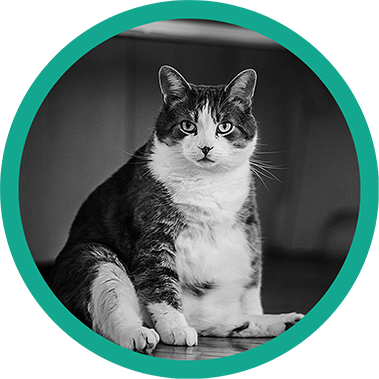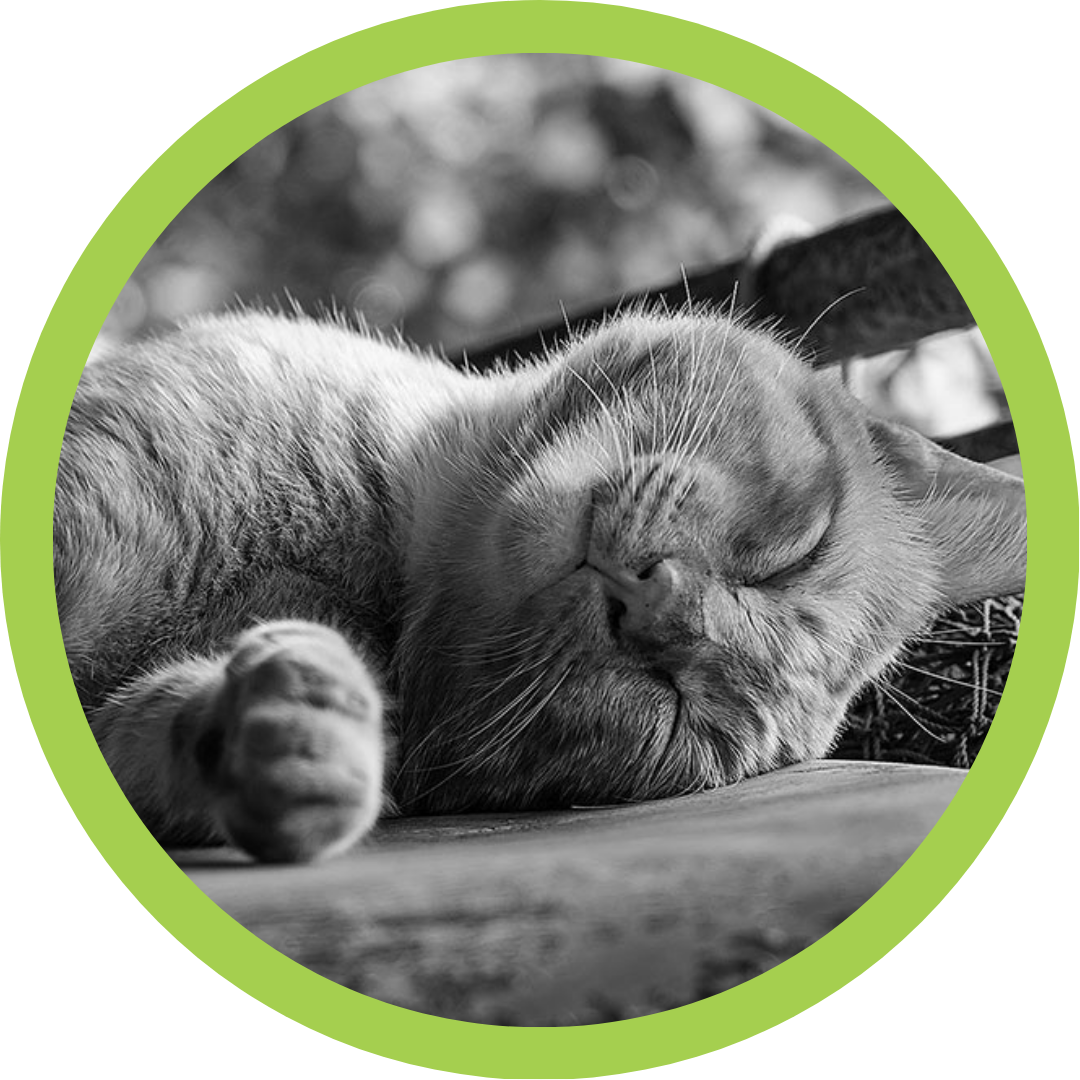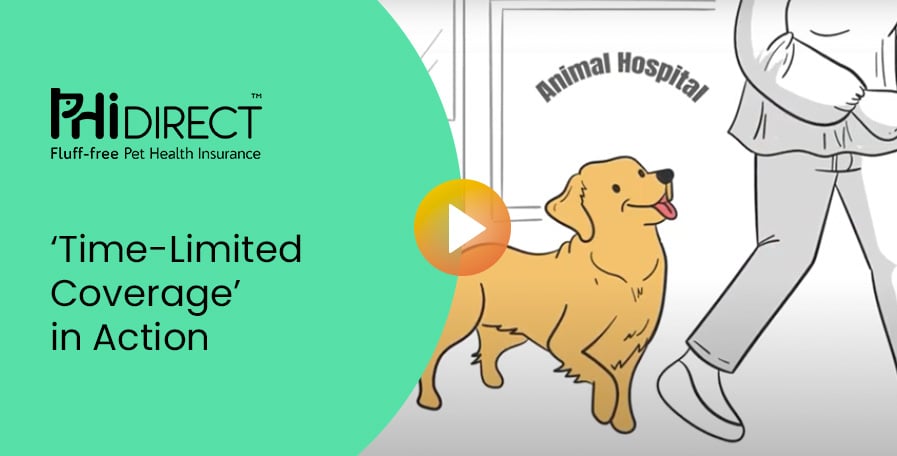How 'New-Condition Coverage' Works

Policy term:
February 1 to January 31
Type of claim: Illness
Condition: Betty is diagnosed with diabetes on December 15
Coverage: Betty’s PHI Direct policy would cover claims for treatment provided from December 15 to January 31
Upon policy renewal: Diabetes would become a pre-existing illness and no more coverage would be provided after January 31 in future years.

Policy term: September 15 to September 14
Type of claim: Illness
Condition: Skippee is diagnosed with a cruciate tear of the right rear leg on November 20*
Coverage: Skippee’s PHI Direct policy would cover claims for repair and treatment of the cruciate on the right rear leg from November 20 to September 14.
Upon policy renewal: Any other issues concerning the right rear cruciate and left rear cruciate (because this is a bilateral condition) would become pre-existing conditions and no more coverage would be provided.
*It is important to note that the 60-day waiting period for cruciate claims had already passed. Had the incident been earlier (i.e., on September 30), no coverage would have been provided because it occurred during the waiting period for cruciate ligament conditions.
.png)
Policy term: July 1 to June 30
Type of claim: Illness
Condition: Harry is diagnosed with gastroenteritis on December 15 after getting into the neighbour’s garbage.
Coverage: Harry’s PHI Direct policy would cover claims for treatment costs to resolve the vomiting and diarrhea. On January 20, Harry once again raids the neighbour’s garbage and once again is eligible to submit claims for treatment. All claims for treatment must occur between December 15 and June 30. On July 15 in the next policy year, Harry is motivated and raids garbage and once again develops gastroenteritis. Because the first year of the policy has past, this third episode of gastroenteritis due to dietary indiscretion is no longer eligible for coverage, as it has become a pre-existing condition.
Upon policy renewal: Dietary indiscretion would no longer be eligible for coverage.

Policy term: June 1 to May 31
Type of claim: Illness
Condition: Fozzie is diagnosed with a bone cancer (osteogenic sarcoma) on April 30
Coverage: The policy would cover claims for treatment costs from April 30 to May 31, i.e., Policy would cover radiation treatments for 1 month. The policy would cover any eligible claims for treatment costs related to this bone cancer from April 30 until May 31 at which time a new policy year would begin.
Upon policy renewal: The bone cancer would become a pre-existing condition and no more coverage would be provided. All other cancers unrelated to this cancer would be still eligible for coverage.

Policy term: June 1 to May 31
Type of claim: Illness
Condition: Arnold is diagnosed with a nasal tumor on July 1
Coverage: Arnolds’s PHI Direct policy would cover claims for treatment costs from July 1 to May 31 i.e., Arnold’s policy would cover any eligible claims for treatment recommendations by his veterinarian, including, but not limited to, surgery, chemotherapy, immunotherapy and radiation from July 1 until May 31st of the following year.
Upon policy renewal: The nasal tumor would become a Pre-existing Condition and no more coverage would be provided. If Arnold develops another tumor in a subsequent policy tear that is unrelated to this nasal tumor, then that tumor is eligible for coverage in that policy year.

Policy term: October 1 to September 30
Type of claim: Accident
Condition: Tyson is diagnosed with an eye inflammation due to an altercation with a newly adopted cat on September 15.
Coverage: Tyson’s PHI Direct policy would cover all the claims for initial treatment for what turned out to be a scratched cornea. The cornea was healing well, but the attending veterinarian wanted a final re-check in a month’s time (in October). All claims for treatment up to and including September 30 would be eligible for coverage.
Upon policy renewal: The re-check examination scheduled in October is not eligible for coverage as it incurred after the annual policy period in which the Injury occurred, and the scratched cornea due to the altercation with the cat has now become a pre-existing condition. However, in December, while running through the woods, Tyson’s eye was scratched by a low hanging branch and the treatment for this injury is eligible for coverage as it is considered a separate, unrelated accident.
